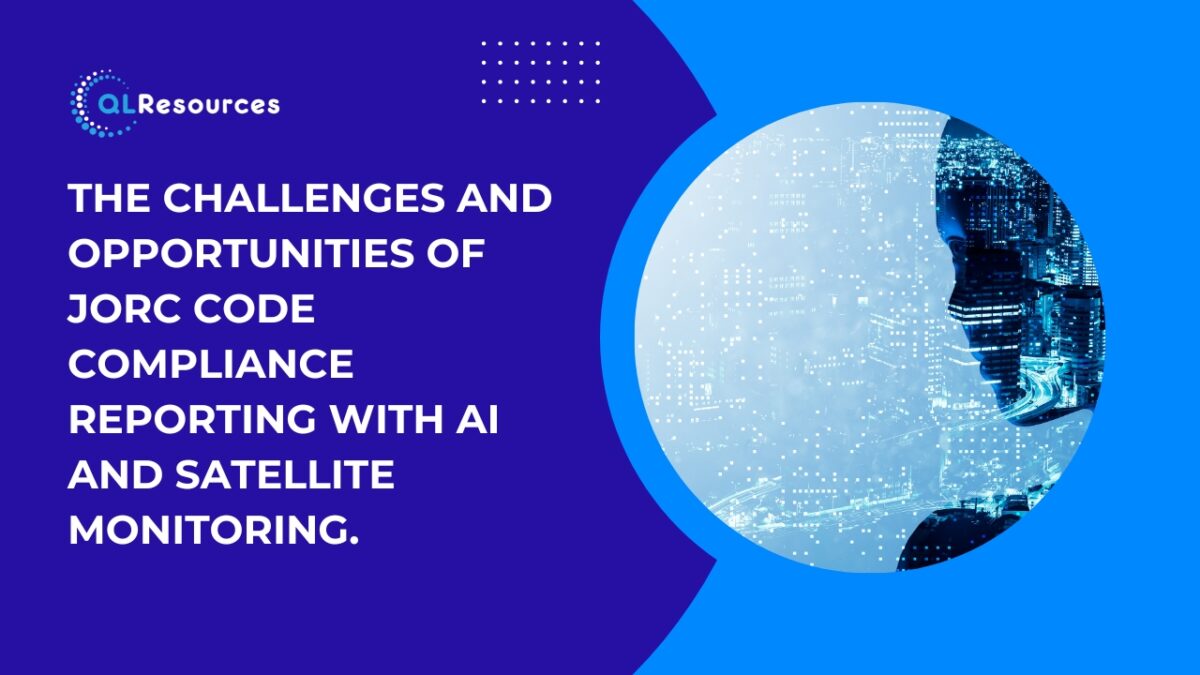The JORC Code (Joint Ore Reserves Committee Code) is a set of guidelines that define minimum standards for public reporting of exploration results, mineral resources, and ore reserves in the mining industry. The Code is widely recognised as the global standard for reporting mineral resources and reserves and is used by mining companies, investors, and regulators around the world. However, complying with the JORC Code can be challenging and time-consuming, requiring significant amounts of data collection, analysis, and reporting.
One of the main challenges in JORC Code compliance reporting is the collection and interpretation of geological and geospatial data. Traditionally, this involves a team of geologists, mining engineers, and other experts analysing geological maps, drilling results, and other data sources to estimate the size and grade of mineral deposits. However, advances in AI and satellite monitoring technologies have the potential to transform this process by providing faster and more accurate data analysis.
AI and machine learning algorithms can analyse large volumes of geological and geospatial data to identify patterns and trends that may not be visible to human analysts. This can help mining companies to more accurately estimate the size and grade of mineral deposits, reducing the risk of over- or under-estimating reserves. In addition, satellite monitoring can provide real-time data on mining operations, enabling companies to monitor production rates, track environmental impacts, and ensure compliance with regulatory requirements.
However, implementing AI and satellite monitoring technologies for JORC Code compliance reporting also poses challenges. Mining companies must invest in the necessary hardware and software infrastructure to collect and analyse data, as well as hire or train staff with the skills to operate and interpret the results of these technologies. In addition, there may be concerns around data privacy and security, as mining companies will be collecting and storing large amounts of sensitive data.
Despite these challenges, the potential benefits of AI and satellite monitoring for JORC Code compliance reporting are significant. By leveraging these technologies, mining companies can improve the accuracy and efficiency of their reporting, reduce the risk of errors, and ensure compliance with regulatory requirements. As such, companies that embrace these technologies are likely to be more competitive and successful in the long term.
Join our community and never miss an update! Subscribe to our newsletter and blog to stay up-to-date on the latest trends, tips, and insights in your area of interest. Don’t miss out on exclusive content and promotions. Sign up now and be a part of our growing community!

